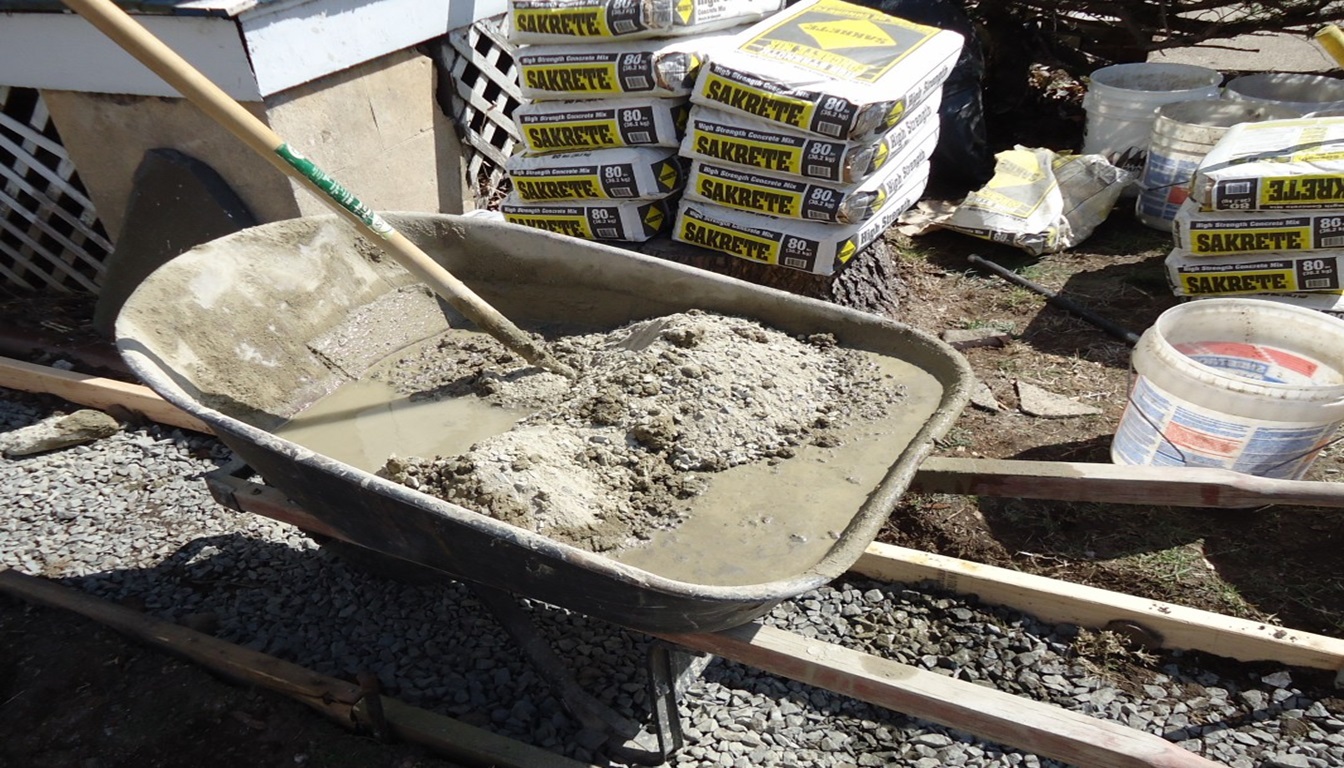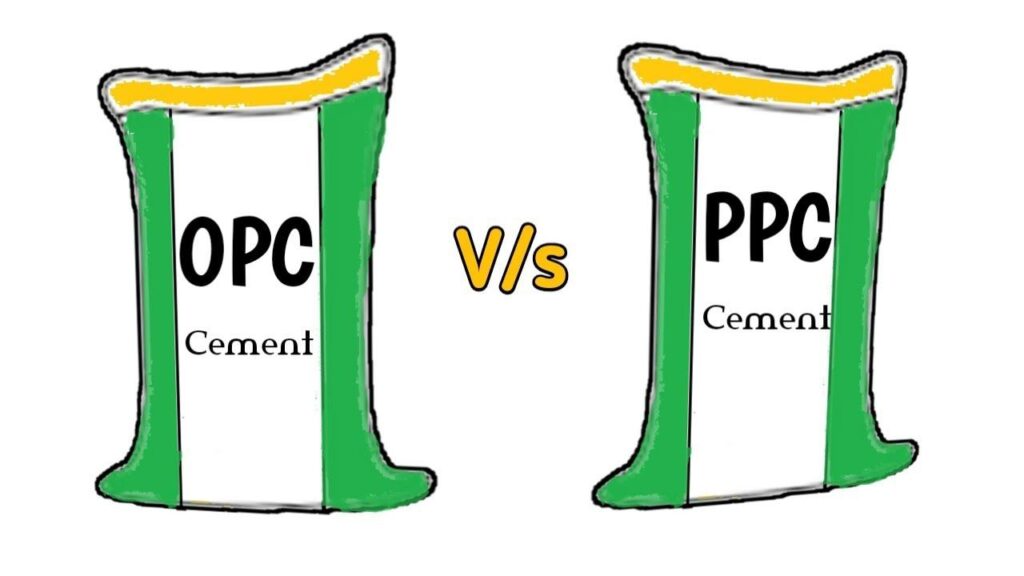In construction, achieving the desired strength and durability of structures is a top priority. One crucial factor that affects the performance of concrete is the water-cement ratio. The water-cement ratio is the ratio of the weight of water to the weight of cement used in a concrete mix.
Calculating the water-cement ratio accurately is crucial to ensure the optimal performance of your construction project. A high water-cement ratio weakens the strength and durability of the structure, while a low ratio makes the mix difficult to work with. In this article, we will guide you through the process of calculating the water-cement ratio and its significance in creating a strong and durable concrete mix.
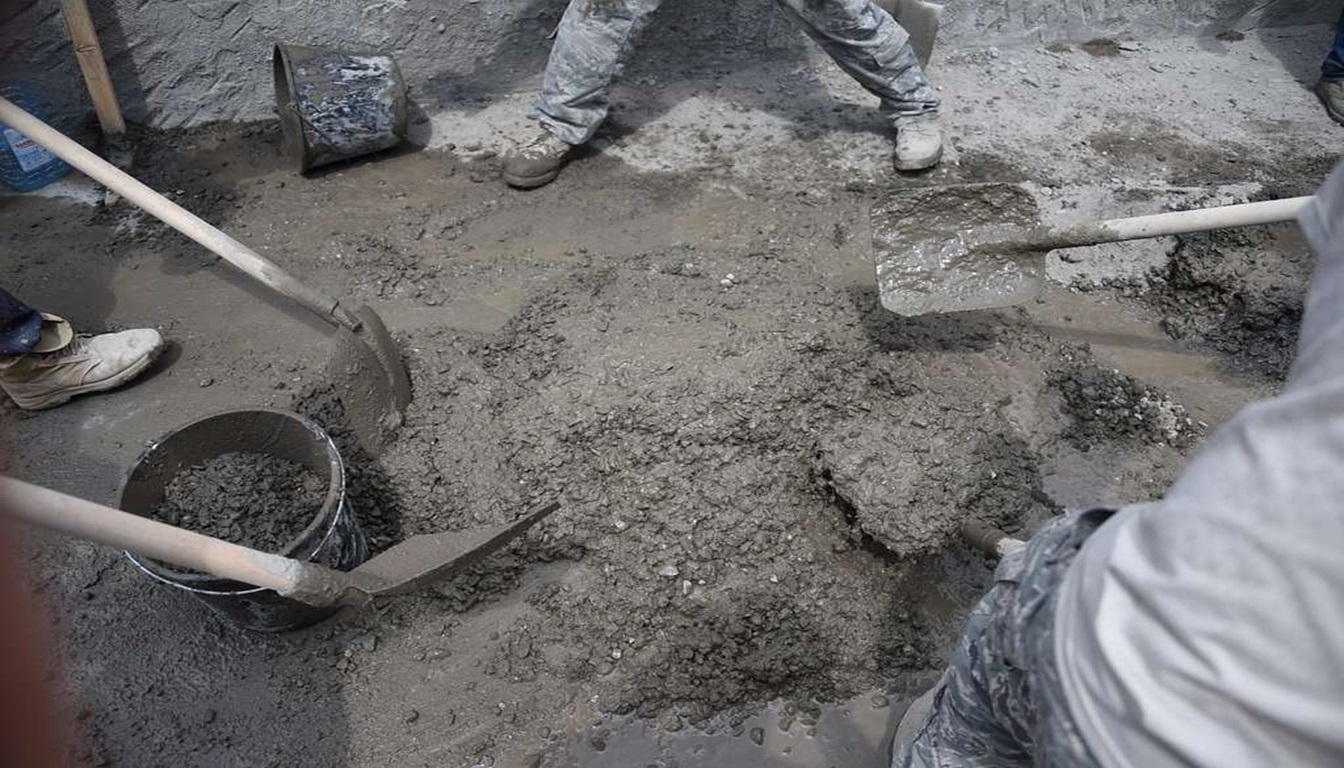

Key Takeaways:
- Water cement ratio is the ratio of the weight of water to cement used in a concrete mix
- Proper calculation of the cement ratio is crucial for the optimal performance of the concrete mix
- A high water-cement ratio weakens the strength and durability of the structure
- A low water-cement ratio makes the mix difficult to work with
- Optimal strength and durability can be achieved by accurately calculating the water-cement ratio
Understanding Water Cement Ratio
The water-cement ratio is the proportion of water to cement used in a concrete mix. It is an essential factor in determining the strength and workability of concrete, and it plays a crucial role in the overall performance and durability of concrete structures.
The importance of the water-cement ratio lies in its ability to affect the pore structure of the concrete, which directly impacts its strength and durability. By understanding and optimizing this ratio, you can ensure the creation of a long-lasting and reliable concrete structure.
When using a low water-cement ratio, you can achieve a denser and stronger concrete mix, making it less permeable and more resistant to damage over time. On the other hand, a high ratio can weaken the overall performance of the mix, leading to structural deterioration and potential safety hazards.
To put it simply, maintaining the optimal water-cement ratio is key to achieving the desired strength and durability for your concrete mix.
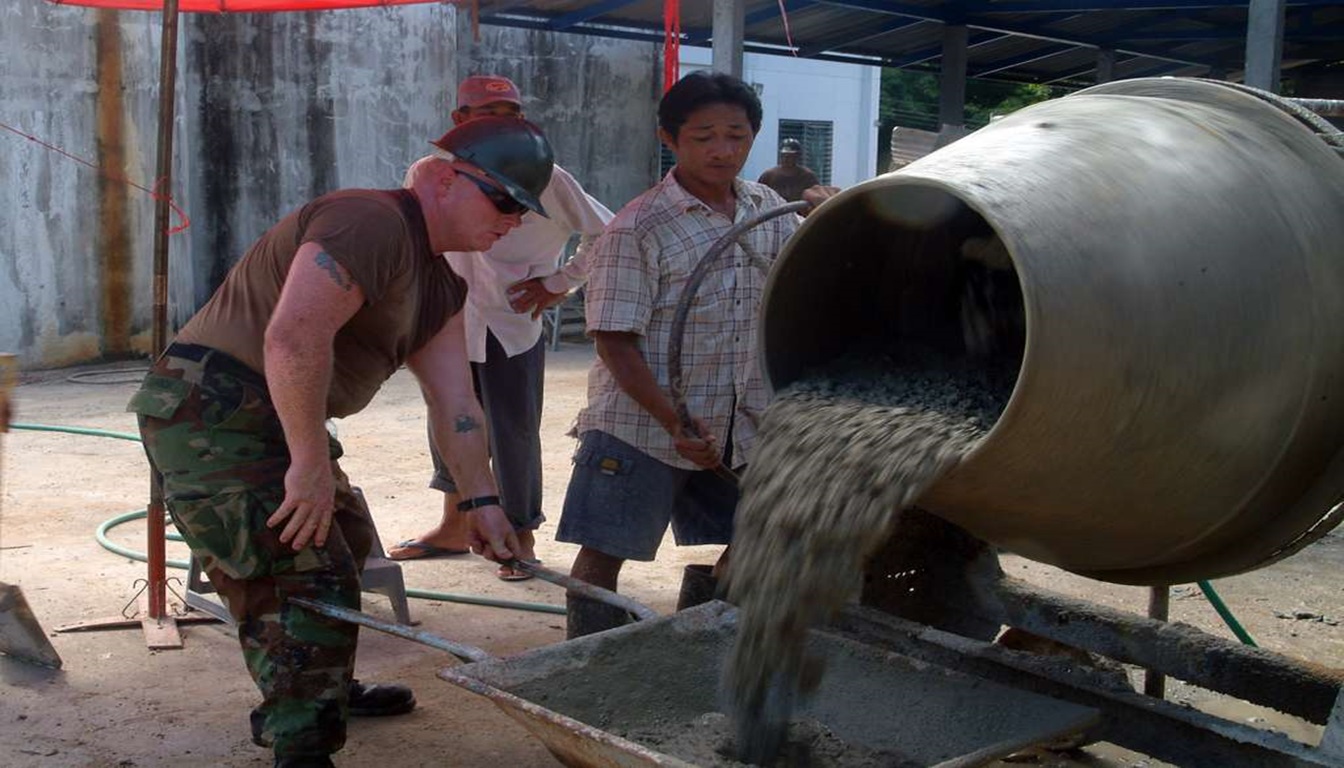

Calculating and measuring the water-cement ratio is critical in creating a strong and reliable concrete mix. In the following section, we will provide detailed guidance on how to calculate the water-cement ratio accurately and effectively.
How to Calculate Water Cement Ratio
Calculating the water-cement ratio for your concrete mix is an essential step in ensuring a strong and durable construction project. Here are the steps to follow:
- Determine the required compressive strength of the concrete and the maximum size of the aggregate.
- Choose the water-cement ratio from the table

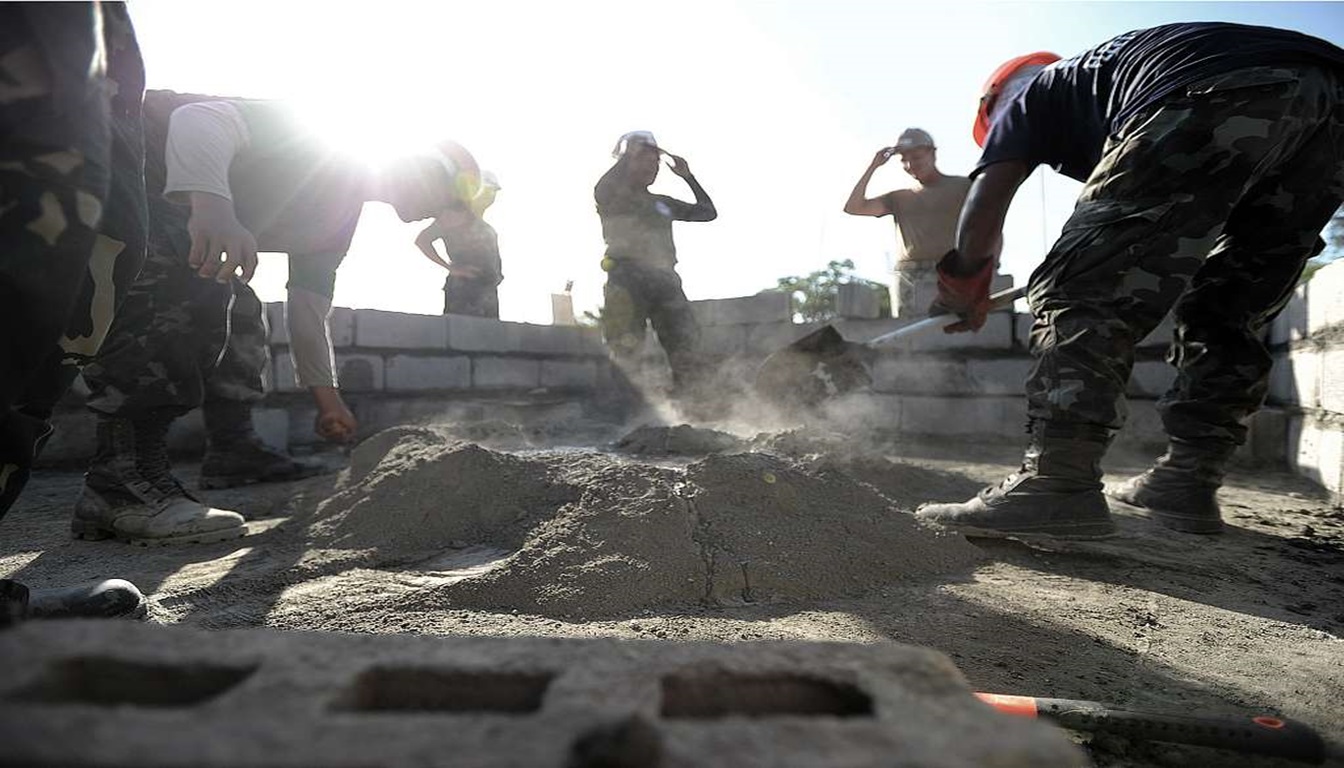
water cement ratio based on the environmental conditions and requirements of the project.
- Determine the cement content for the desired compressive strength and size of the aggregate.
- Calculate the water content using the formula:
Water content = W/C ratio * cement content
- Adjust the water content as necessary based on factors such as the moisture content of the aggregate or climate conditions to maximize workability and minimize shrinkage.
Note that a proper water-cement ratio is crucial to achieve the desired strength and durability of the concrete mix. Too little water will result in a stiff and unworkable mix, while too much will impair the strength and workability of the concrete.
Testing the Water Cement Ratio
Testing the water-cement ratio is essential to determine the strength and durability of your concrete structures. There are various methods to test the ratio, including both field and laboratory tests. Field tests, such as the slump test or compacting factor test, can provide quick and easy results. On the other hand, laboratory tests, such as the pressure permeability test or the water absorption test, can offer more precise and accurate measurements.
During the slump test, a sample of fresh concrete is placed in a conical shape, which is then gently removed, allowing the concrete to slump. By measuring the amount of slump, you can determine the water-cement ratio, as well as the workability of the mix. The compacting factor test is another field test where the workability of the mix is evaluated by measuring the amount of compaction using standard procedures.
Laboratory tests, on the other hand, allow for more controlled conditions where factors such as temperature, humidity, and curing can be monitored and adjusted. The pressure permeability test measures the permeability of the concrete to water under pressure, providing information about the quality of the mix and its resistance to external factors such as weather and corrosion. Additionally, the water absorption test measures the amount of water absorbed by the concrete over a set period, providing insights into the durability and strength of the mix.
Tip: Always test the water-cement ratio in different stages of the construction process to ensure that the correct ratio is achieved. Small adjustments and corrections can save significant costs and time in the long run.
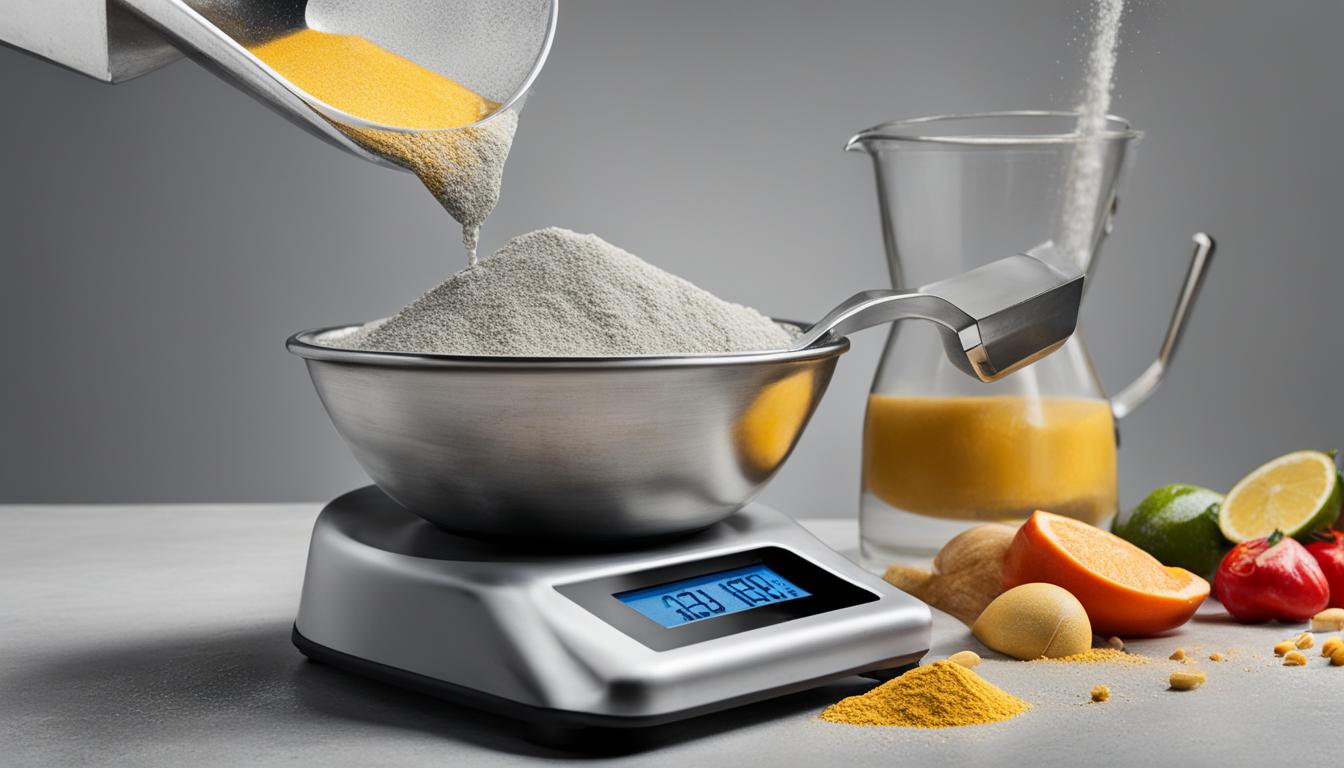

Whether you opt for field or laboratory testing, it is crucial to test the water-cement ratio to achieve a strong and durable concrete mix. By obtaining accurate and consistent results, you can ensure the integrity and longevity of your structures for years to come.
Specifications by American Concrete Institute (ACI)
The American Concrete Institute (ACI) provides detailed specifications and guidelines for determining the optimal water-cement ratio for different types of concrete mixes. These specifications are based on extensive research and testing to ensure optimal results for construction projects of all sizes and types.
For instance, the ACI recommends a water-cement ratio of 0.44 for concrete mixes with compressive strengths of 3000 psi (pounds per square inch) or less. This ensures that the concrete has adequate workability and is easy to place without compromising its overall strength and durability.
Additionally, for higher-strength concrete mixes with compressive strengths above 3000 psi, the ACI recommends reducing the water-cement ratio to 0.40 or lower. This helps to increase the overall strength and durability of the concrete, providing a long-lasting and reliable structure.
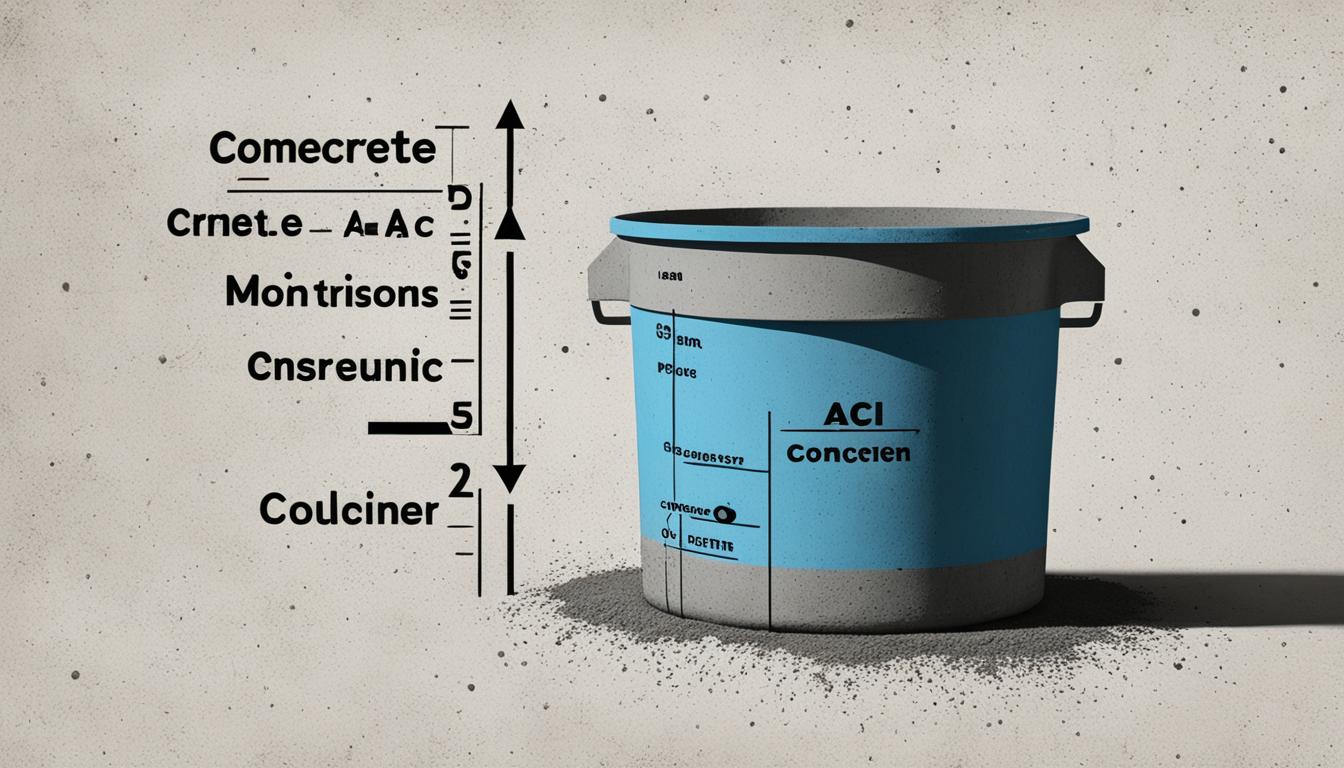

ACI Recommended Water Cement Ratios
| Concrete Grade | Compressive Strength (psi) | Water Cement Ratio |
|---|---|---|
| Normal-weight concrete | 3000 or less | 0.44 |
| Normal-weight concrete | 3000-5000 | 0.40 |
| Normal-weight concrete | Above 5000 | 0.35 |
| Lightweight concrete | 3000 or less | 0.50 |
| Lightweight concrete | Above 3000 | 0.45 |
Following the ACI specifications can ensure that the water-cement ratio is accurately calculated, resulting in a concrete mix with optimal workability, strength, and durability.
Specifications by British Standards (BS)
In the United Kingdom, the British Standards (BS) provide guidelines for water cement ratio in concrete construction. Their recommended ratio varies depending on the grade of the concrete mix and the level of quality desired.
For instance, BS 5328 set a standard ratio of 0.6 for reinforced concrete, whereas another guideline found in BS 8007 recommends 0.45 for high-strength structural concrete. It is important to note that these ratios are not one-size-fits-all, and adjustments may need to be made to achieve the desired strength and durability.
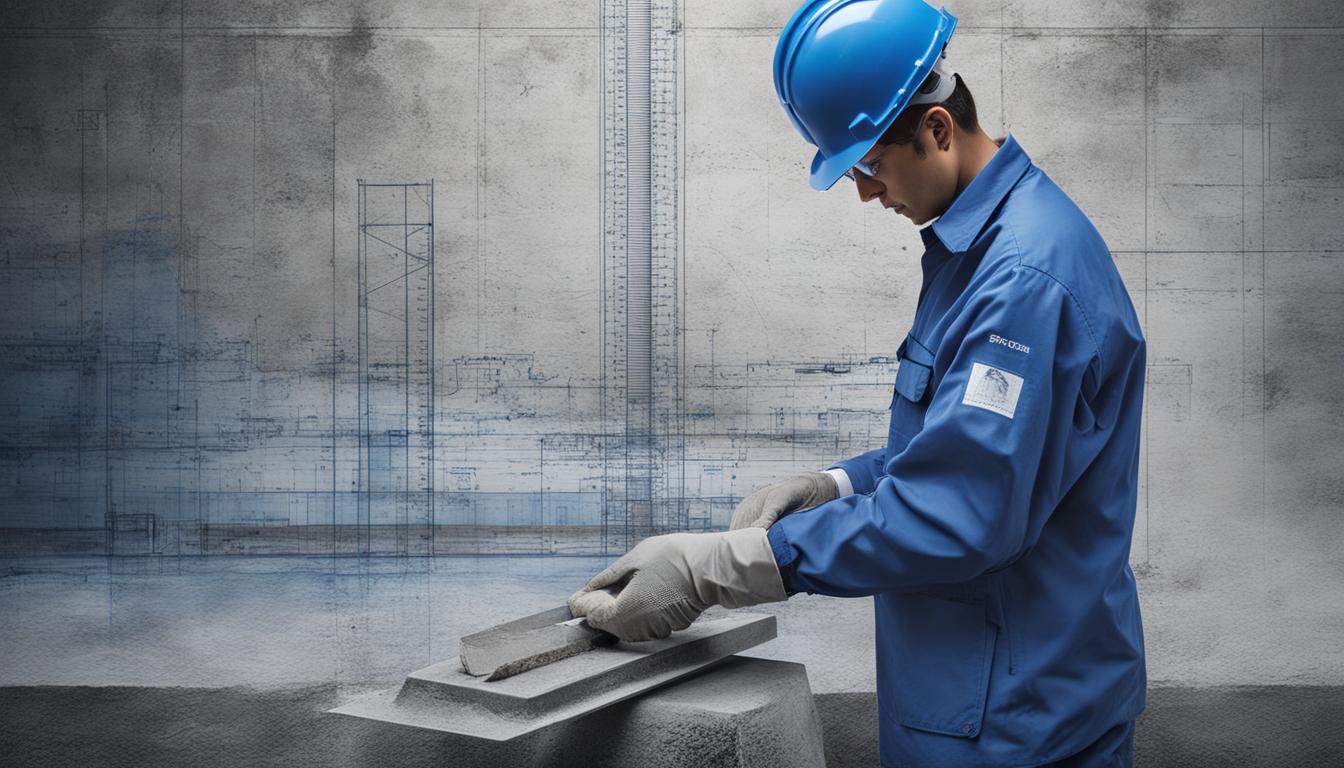

Guidelines for Water Cement Ratio by British Standards
| Concrete Mix Grade | Water Cement Ratio |
|---|---|
| M5 | 0.55 |
| M10 | 0.4 |
| M15 | 0.32 |
| M20 | 0.35 |
| M25 | 0.5 |
| M30 | 0.45 |
Overall, adherence to British Standards specifications ensures high quality and long-lasting concrete structures, particularly when combined with field and laboratory testing to confirm the water-cement ratio meets the desired strength and durability requirements.
Specifications by the Bureau of Indian Standards
If you are in India and require guidelines and requirements for water-cement ratio specifications, the Bureau of Indian Standards (BIS) is a reliable source. BIS has outlined specific water-cement ratio requirements for a variety of concrete grades, including M15, M20, M25, and so on. These guidelines ensure the desired strength and durability of concrete structures.
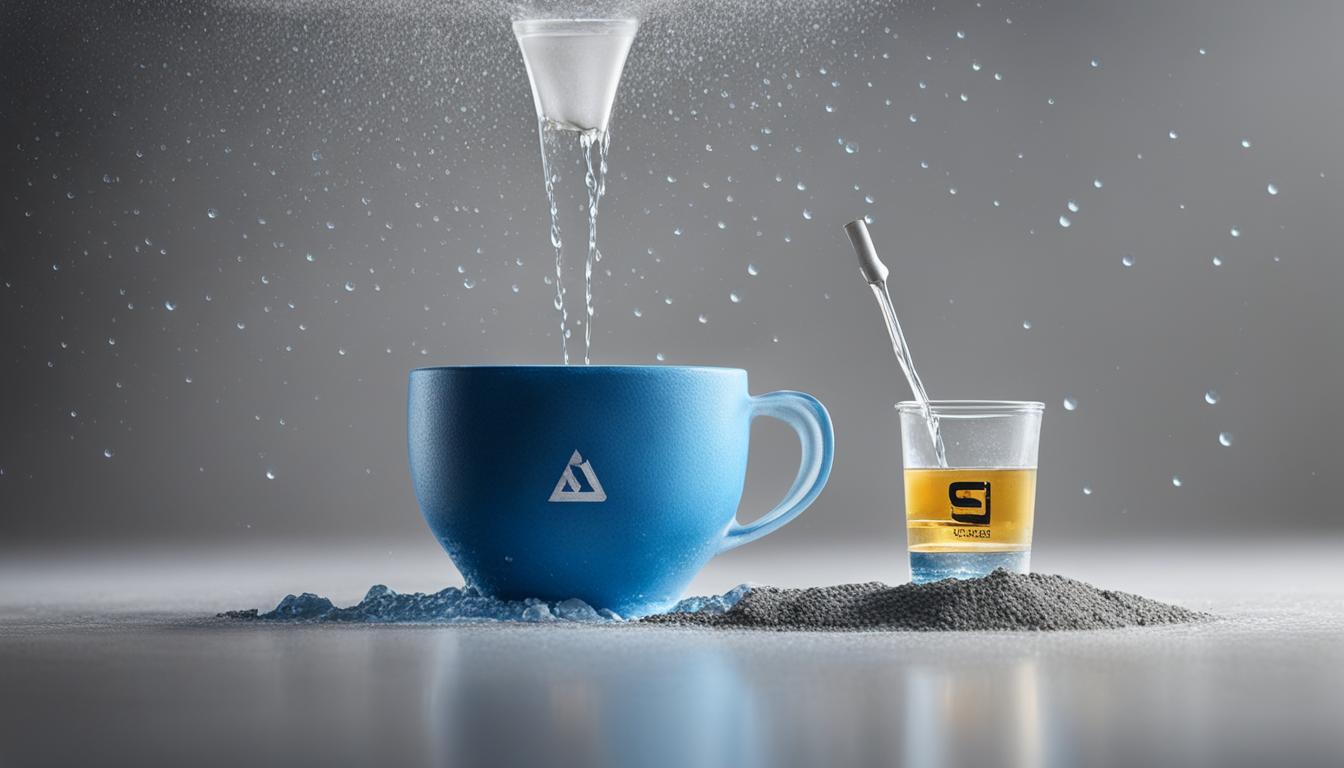

Bureau of Indian Standards Specifications for Water-Cement Ratio
| Concrete Grade | Minimum Cement Content (kg/m3) | Maximum Free Water-Cement Ratio |
|---|---|---|
| M 15 | 250 | 0.65 |
| M 20 | 320 | 0.60 |
| M 25 | 380 | 0.55 |
| M 30 | 400 | 0.50 |
| M 35 | 440 | 0.45 |
It is important to note that these are minimum requirements, and it is always recommended to test and adjust the water-cement ratio as necessary to achieve optimal results for specific project requirements.
Water Cement Ratio Grade for M15 to M20
When it comes to creating concrete mixes ranging from M15 to M20, the water-cement ratio grade plays a critical role in ensuring the strength and durability of the structures. It is essential to use the right ratio to achieve optimal results for your construction projects. Here’s a table that outlines the recommended water-cement ratio grades:
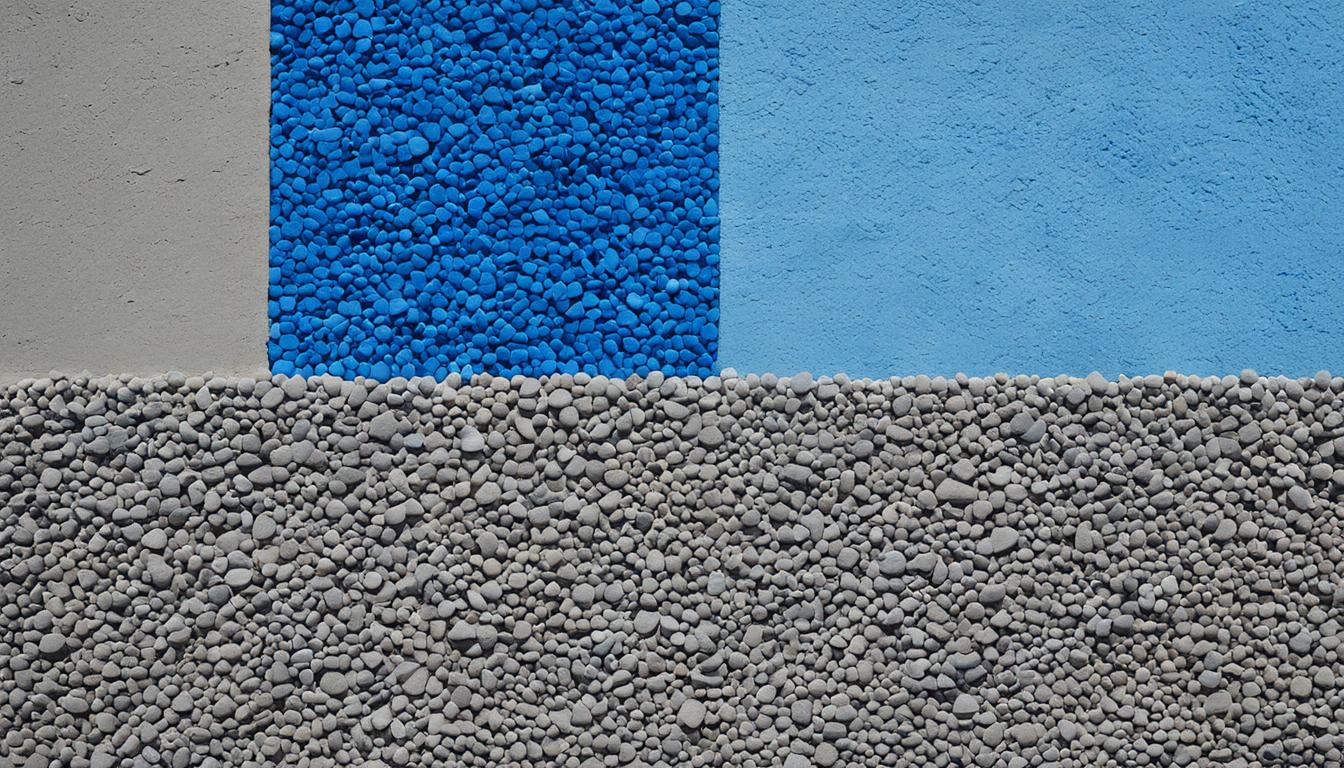

| Concrete Mix Grade | Water Cement Ratio Grade |
|---|---|
| M15 | 0.5 |
| M20 | 0.45 |
It’s important to note that the recommended water-cement ratio may vary depending on the specific project requirements. Make sure to test and adjust the ratio as necessary to achieve the desired properties in your concrete mix.
Problems Caused by High Water Cement Ratio
Using a high water-cement ratio can lead to several problems in concrete structures. Firstly, it reduces the final compressive strength of the concrete, leading to weaker and less durable structures. This happens because the excess water creates more space between the concrete particles, weakening the bonds between them.
Additionally, a high water-cement ratio can increase the permeability of concrete, allowing water and other substances to penetrate the surface. This can cause corrosion of the reinforcing steel and other damage, ultimately shortening the lifespan of the structure.
Furthermore, a high water-cement ratio makes the concrete more workable and easier to handle. However, when the excess water eventually evaporates, it can lead to shrinkage of the concrete, causing cracks and other defects to form. These defects can further decrease the strength and durability of the concrete, and affect the appearance of the structure as well.
It’s essential to maintain the correct water-cement ratio in your concrete mix to avoid these problems. Testing the ratio and adjusting it as necessary can help ensure the optimal strength, durability, and performance of your structures.
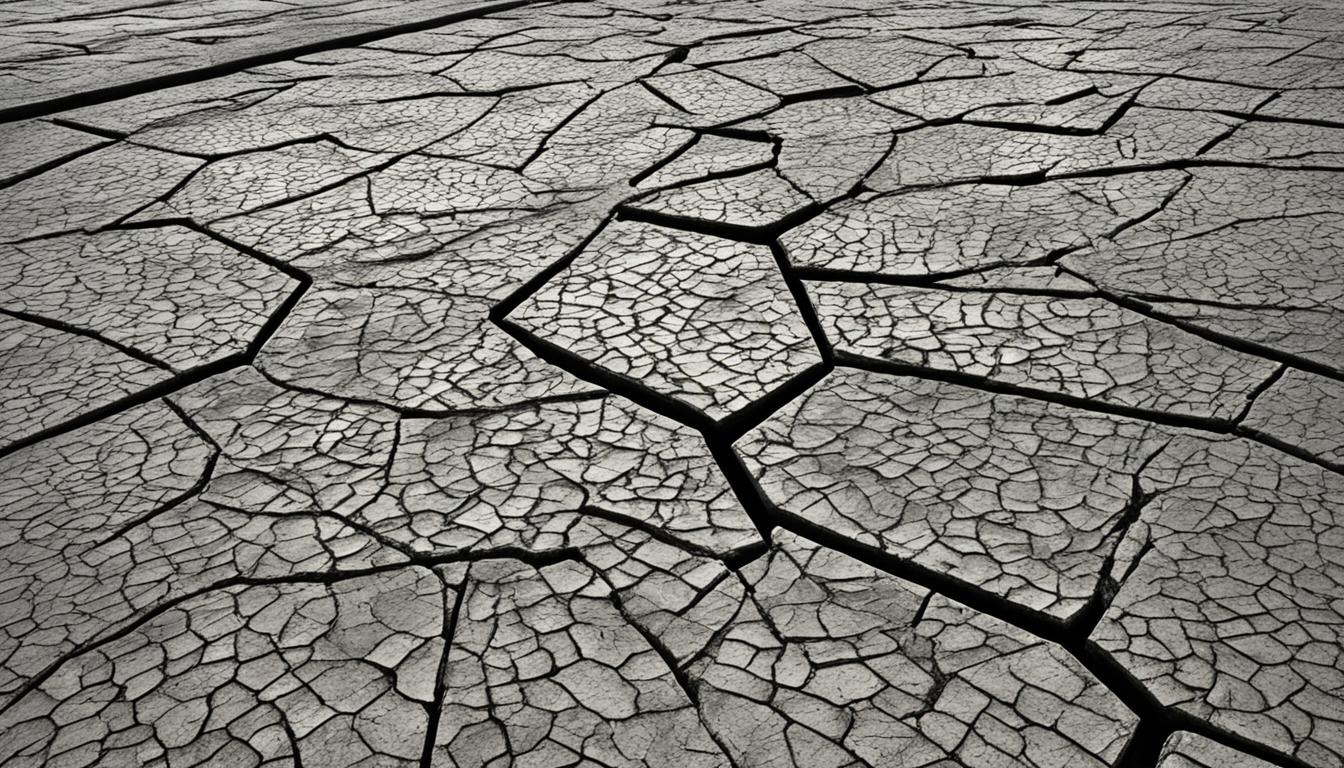

Determining the Minimum Water Cement Ratio
The minimum water-cement ratio is the lowest ratio at which the required strength and workability of concrete are maintained. A lower ratio implies lower water content, resulting in higher concrete strength and durability. Therefore, it is crucial to know the minimum water-cement ratio for your concrete mix to ensure long-lasting constructions that meet the project’s requirements.
Several factors influence the minimum water-cement ratio, such as the type of cement, the aggregate quality, the construction environment, and the desired properties of concrete. Understanding these factors will help you determine the minimum water-cement ratio accurately.
The impact of a low ratio on construction quality cannot be overstated. It increases the concrete’s resistance to freeze-thaw cycles, improves the bond between concrete and reinforcing steel, and reduces the permeability of concrete. Thus, by maintaining the minimum water-cement ratio, you are ensuring a high-quality final product.
To calculate the minimum water-cement ratio, you must first determine the characteristics of your concrete mix, such as the cement content and aggregate size, and consider the environmental factors. Then, use a formula or table that corresponds to the recommended ratio for your specific mix or grade. Remember, using too little water can also have negative effects on concrete’s workability, so always test the mix’s consistency before finalizing the ratio.
By understanding how to determine the minimum water-cement ratio and its impact on construction quality, you can create a concrete mix that exceeds your expectations and meets the highest standards.


Understanding the Maximum Water Cement Ratio
The maximum water-cement ratio is the highest amount of water that can be added to a concrete mix without compromising its strength and durability. Exceeding this ratio can lead to various issues in the final product, including lower strength, reduced durability, and increased permeability. These problems can significantly impact the overall performance and lifespan of your structure, making it essential to adhere to the maximum water-cement ratio.
The Factors that Limit the Maximum Water Cement Ratio
The maximum water-cement ratio is determined by several factors, including the type of cement, the maximum size of the aggregates, the curing conditions, and the desired strength of the final product. Each of these factors has a significant impact on the ratio and must be considered when designing a concrete mix. For example, a mix with a smaller aggregate size may require less water to achieve optimal workability, while a higher strength requirement may necessitate a lower water-cement ratio to maintain integrity.
The Implications of Exceeding the Maximum Water Cement Ratio
Exceeding the maximum water-cement ratio can have severe implications for your concrete mix. The most significant consequence is a reduction in strength, which makes the structure more prone to cracking, breaking, and other forms of damage. Additionally, a higher water content leads to increased permeability, which allows moisture to enter the concrete and cause long-term damage. Finally, a higher water-cement ratio typically results in lower durability, which can significantly reduce the lifespan of your structure.
Remember, always test and adjust your water-cement ratio to ensure that it falls within the recommended limit. This will help you achieve the desired strength, workability, and durability of your concrete mix while avoiding potential issues.
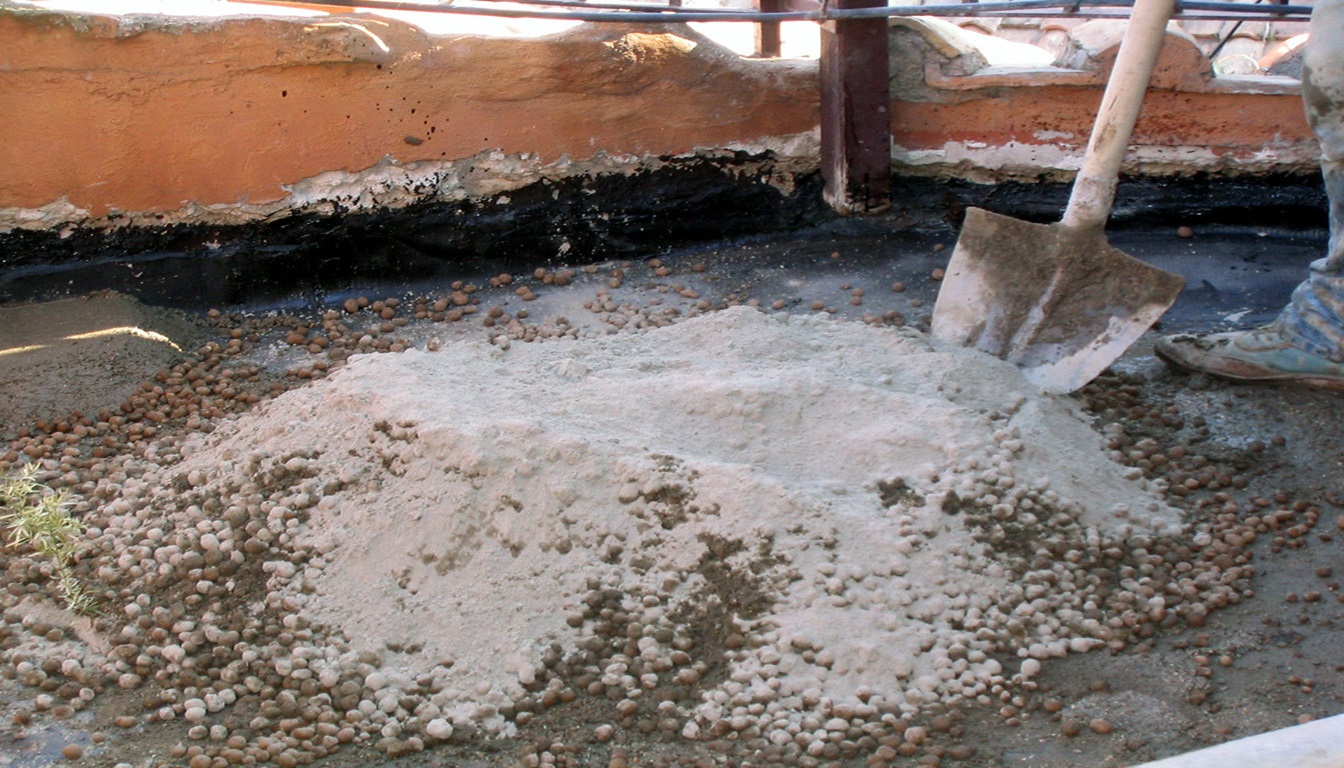

Water Cement Ratio Table
When it comes to concrete mix design, it’s crucial to determine the appropriate water-cement ratio to achieve the desired strength and durability. Different grades of concrete require different ratios to ensure optimal results. To help you make the right calculations and achieve the desired outcomes, we have compiled a water-cement ratio table that includes various concrete grades.
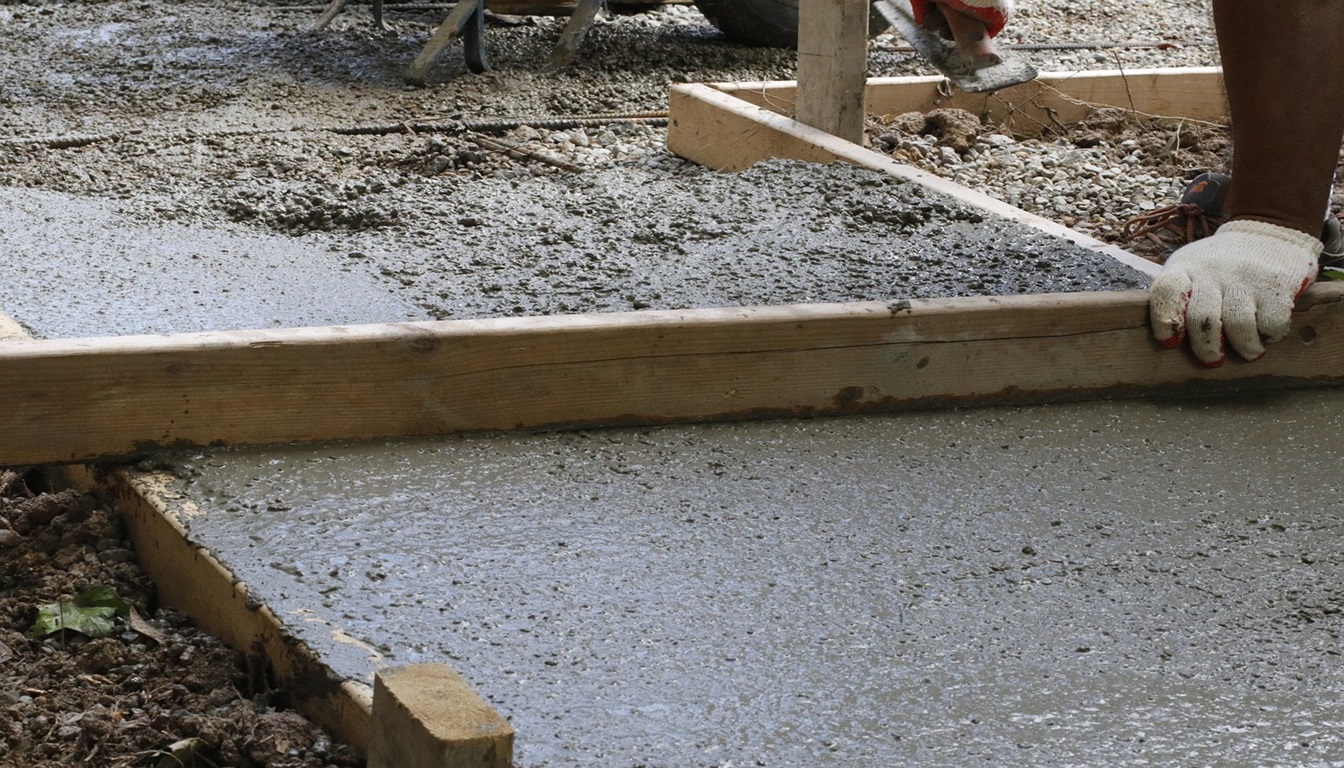

| Concrete Grade | Water Cement Ratio |
|---|---|
| M15 | 0.50 |
| M20 | 0.45 |
| M25 | 0.40 |
| M30 | 0.35 |
| M35 | 0.33 |
| M40 | 0.30 |
Use this table as a valuable reference for determining the appropriate water-cement ratio for your specific project requirements. Remember to test and adjust the ratio as necessary to achieve the desired strength and workability in your concrete mix.
Effects of Water Cement Ratio on Concrete Properties
The water-cement ratio is a crucial factor that influences various properties of concrete. Understanding how it affects these properties can assist you in creating a concrete mix that meets the requirements of your construction project.
Impact on Strength
The water-cement ratio has a significant impact on the compressive strength of concrete. Generally, a lower water-cement ratio leads to higher strength. A higher ratio can cause the concrete to weaken over time and result in lower durability.
Effect on Workability
The water-cement ratio also affects the workability of concrete. A higher ratio results in higher workability, making it easier to mix and place the concrete. However, an excessively high ratio can cause the mix to become too watery and reduce the overall quality.
Permeability and Durability
A low water-cement ratio leads to concrete that is more impermeable and durable. A higher ratio can cause the concrete to have more pores or voids, resulting in lower durability over time.


By understanding the effects of the water-cement ratio on concrete properties, you can adjust the ratio to ensure the desired attributes for your project.
Practical Tips for Achieving the Optimal Water Cement Ratio
Now that you understand the importance of water cement ratio and how to calculate it accurately, let’s explore some practical tips to help you achieve the optimal ratio for your concrete mix.
Tip #1: Use high-quality materials. The quality of your cement, sand, and water can greatly affect the final water-cement ratio. Make sure to use clean, fresh water and high-quality cement and sand for the best results.
Tip #2: Measure accurately. Proper measurement of cement and water is crucial for achieving the desired water-cement ratio. Use precise measuring tools and follow the recommended proportions to ensure accuracy.
Tip #3: Adjust as necessary. Factors like temperature, humidity, and the type of aggregates can influence the water-cement ratio. Regularly test and adjust the ratio as needed to maintain the desired strength and workability of the mix.
Tip #4: Consider using admixtures. Admixtures like plasticizers and superplasticizers can help improve the workability and reduce the water-cement ratio of the mix without compromising its strength.
Remember, achieving the optimal water-cement ratio is essential for creating durable and long-lasting concrete structures. By following these practical tips and best practices, you can ensure the strength, performance, and integrity of your constructions.


Conclusion
As you have learned throughout this article, the water-cement ratio is a crucial factor in creating a strong and durable concrete mix. By accurately calculating and adjusting this ratio, you can ensure that your structures meet the desired strength and workability requirements.
Remember to follow the guidelines and specifications provided by organizations such as the American Concrete Institute (ACI), British Standards (BS), and the Bureau of Indian Standards (BIS) to achieve optimal results for your construction projects. Use the water-cement ratio table as a reference to determine the appropriate ratio for your concrete grade.
Testing and adjusting the ratio as necessary is important to achieve the desired properties, including strength, durability, and workability. By taking practical tips and best practices into account, you can achieve the optimal water-cement ratio for your specific project requirements.
Overall, mastering the water-cement ratio is essential for creating long-lasting and structurally sound concrete structures. Remember to prioritize this factor in your concrete mix design to achieve the desired strength, durability, and overall performance.
Thanks For the Great Attention!
Good Bye & Take Care
Happy Learning
Also, Read,
1000sqft House Plinth Beam Cost

